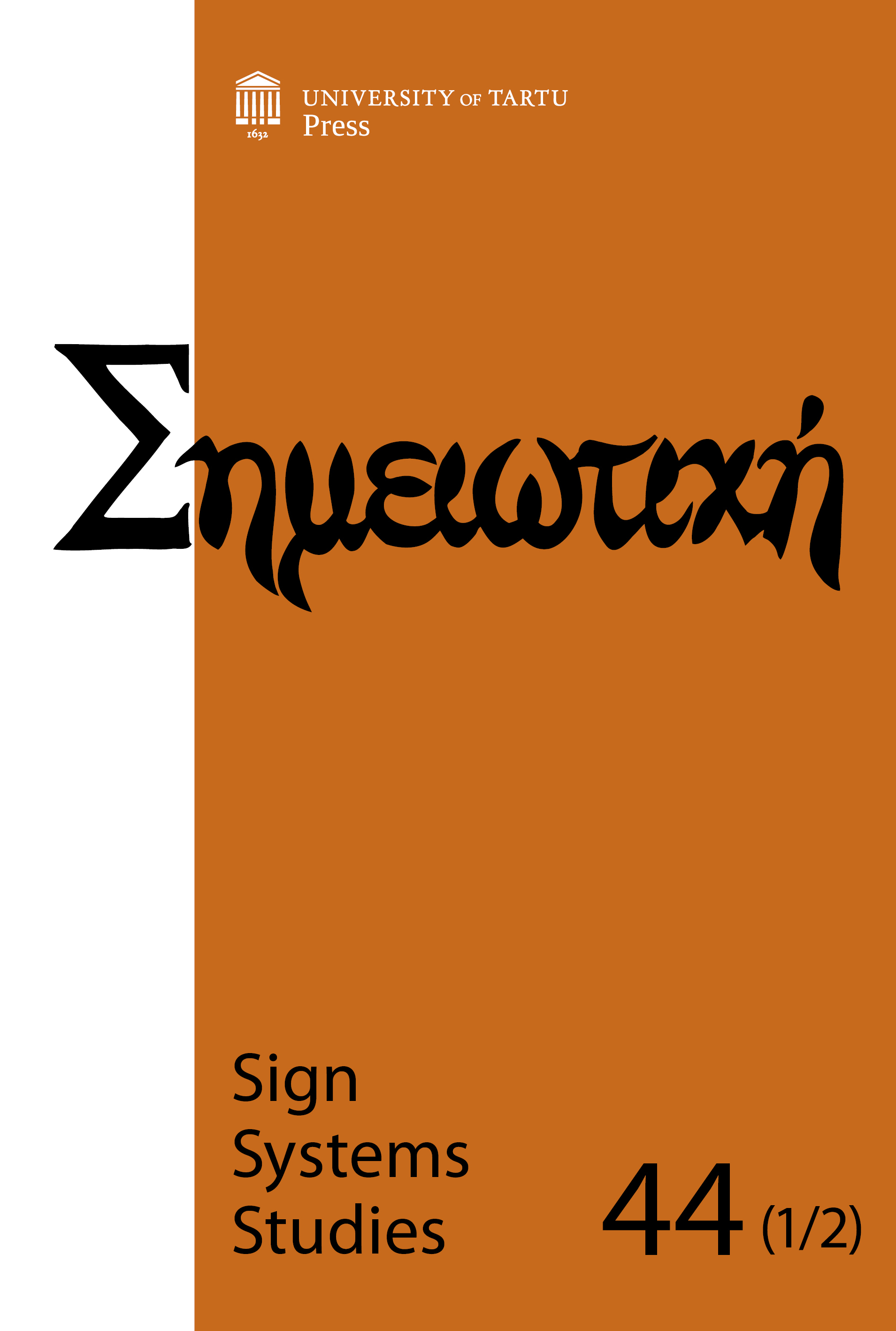Agrarian rituals giving way to Romantic motifs: Sacred natural sites in Estonia
DOI:
https://doi.org/10.12697/SSS.2016.44.1-2.10Keywords:
sacred natural sites, landscape, monuments, orality, literacyAbstract
Semiotic mechanisms involving sacred natural sites – or areas of land or water with special spiritual significance – that have been focal points in agrarian vernacular religion have been transformed in modern Estonian culture. Some sites have accrued new significance as national monuments or tourist attractions and the dominant way of conceptualizing these sites has changed.
Sacred natural sites should not be presumed to represent pristine nature. Rather, they are products of complex culture-nature interactions as they have been formed in the course of traditional land management as well as different semiotic practices, including ritual and conservationist ones. The existence of sites encompassed by the term defies and blurs the rigid distinction between nature and culture.
Individual sacred natural sites and categories of such sites can act as signifiers for a variety of different signifieds concurrently, acting as confluences of different sign systems and thus exemplifying the creolization of these systems as well as bringing about the hybridization of different landscape traditions in certain loci.
Estonian literary culture has adopted motifs and narratives that define sacred natural sites more readily from other literary traditions than from the Estonian vernacular tradition; in turn, the vernacular tradition has also adopted and assimilated literary Romantic motifs.


